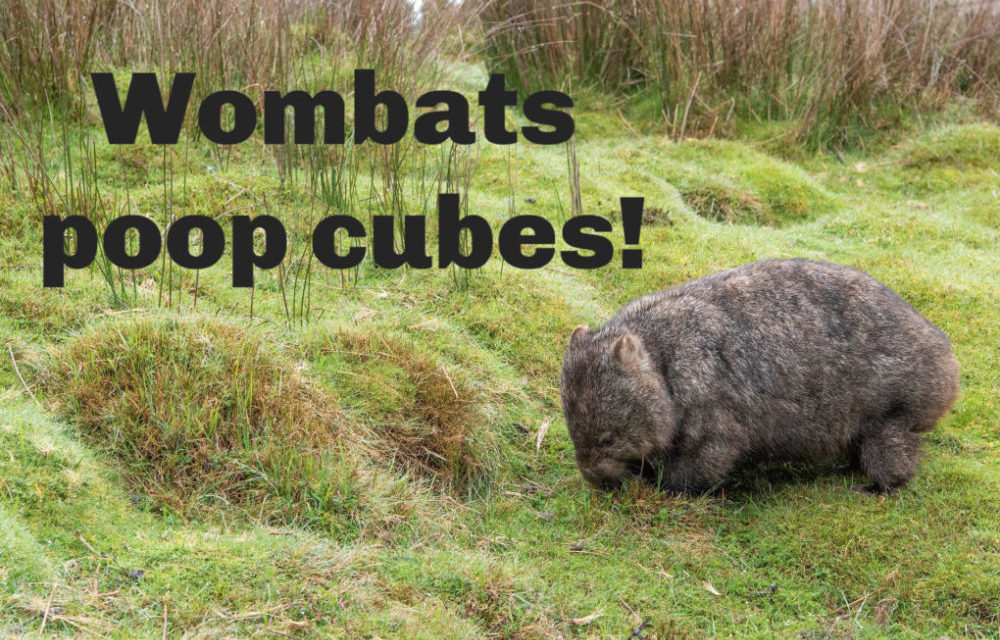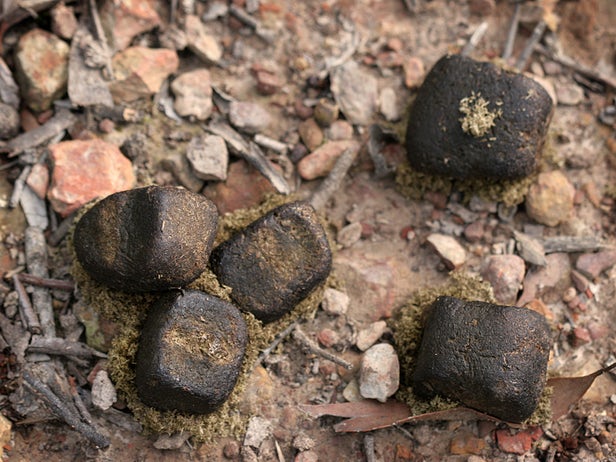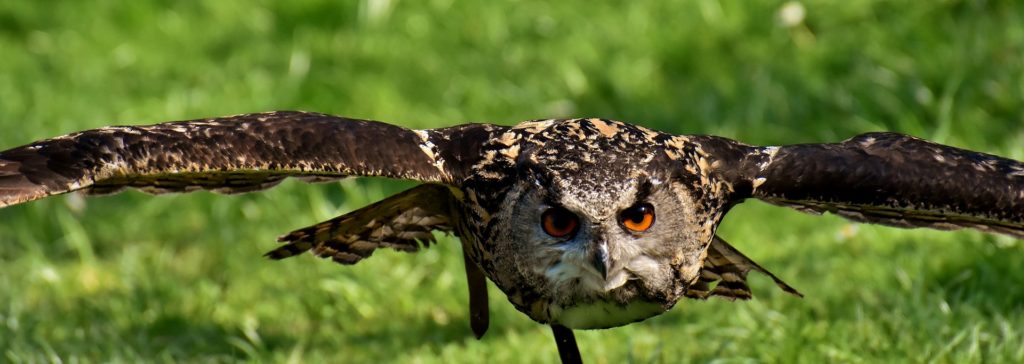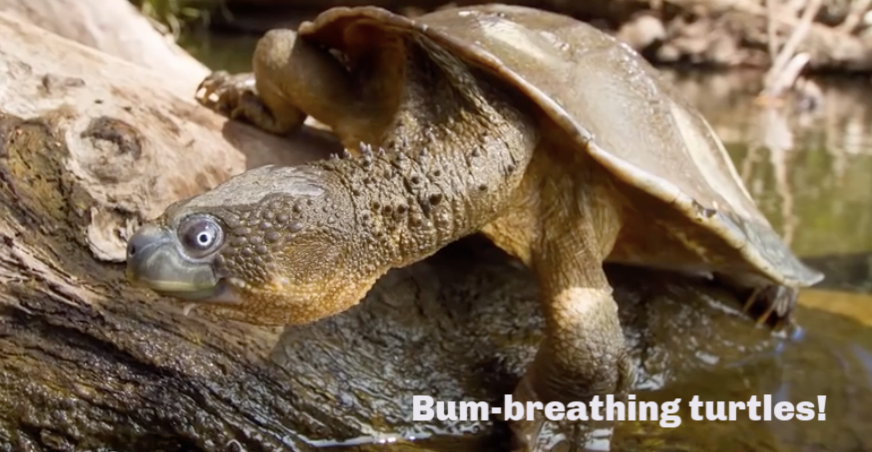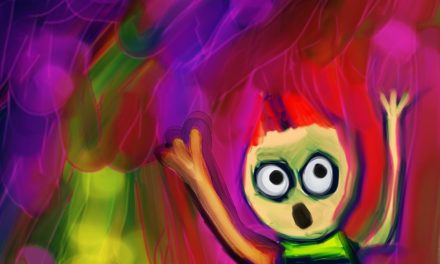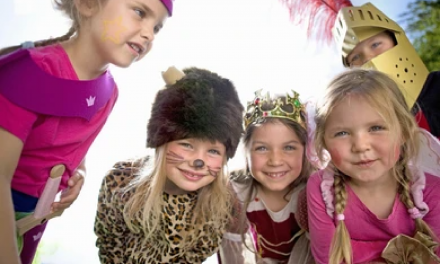Animal Trivia For Kids: This little collection includes square wombat poop and bum-breathing turtles
Years as a classroom teacher has taught me that kids love three things: Weird facts, animals and jokes about farts and poop! If you can string the three together, you’ve got a winning formula.
So, these are for you parents and teachers…five scientifically-proven, weird facts about animals that will make kids giggle. They might even learn something at the same time.
Pssstttt teachers…I definitely think this passes as a STEM lesson!
1. Wombats poop cubes
Wombats poop cubes! Until recently, it was thought that this was because of the action of the wombat’s anus, but now researchers have found that this isn’t true. It is because of the elasticity of their intestines. The digestive tract wall stretches ‘preferentially’. That means it is unevenly flexible. When the undigested material travels through the tract it is forced into a square shape. Consequently, the poo is cubed.
Humans can use this knowledge in industries like construction and food production. Up until now, we have only been able to create cubes using moulds or by sculpting them.
2. Owls poop through their mouth
Owls poop through their mouth! In fact, many birds of prey appear to poop through their mouth. It isn’t actually faecal material that they are expelling, but it is waste.
Because owls tend to swallow their prey whole or in large pieces, they need two stomachs. One is full of chemicals that separate the fur, bones and other undigestible parts from the meat. The meat then moves into the second stomach and is digested.
When the meat is digested the owl’s first stomach makes a pellet out of all the waste. The owl then vomits up the pellet. It looks like little fury poops and if you dissect them you can see the tiny bones! Most owls expel one or two pellets a day.
3. Snails lay eggs out of their head
Snails are highly unusual in many ways. For a start, they are hermaphrodites, which means they have both male and female reproductive organs. They can produce both eggs and sperm. When they have mated both snails go their separate ways and lay about 100 eggs each.
To deliver their eggs, they dig a hole between vegetation and soil and then lay their eggs in the hole. They then cover the hole to keep the eggs safe. The eggs hatch after two to four weeks.
Snails lay their eggs from a hole on the side of their head called the genital pore. This clip shows snails laying eggs and then eggs hatching. It’s strangely hypnotic!
4. The Fitzroy River turtle breathes through its bum
The Fitzroy River turtle is sometimes called the ‘bum-breathing turtle’. The Queensland Department of Environment says this is due to its highly unusual ability to absorb oxygen underwater through gills in their cloaca. The cloaca is the single opening under the tail used for passing urine, faeces and eggs.
The adaptation means that the turtles can stay underwater for days at a time as long as the water is cool and running. The water needs to be moving so that it is suitably oxygenated for the ‘bum breathing’.
There are two other animals that can breathe out of their bottoms…dragonfly nymphs and sea cucumbers.
5. Male seahorses have babies
In the world of seahorses, mums don’t get pregnant and deliver the babies, that’s dad’s job!
The female seahorse transfers her eggs into a pouch on the male seahorse’s abdomen…much like a kangaroo’s pouch. In the pouch, the eggs are fertilised by the male. His body then provides the fertilised eggs with the nutrition and protection they need.
After 24 days the eggs hatch and the seahorse gives birth to about 2000 babies. That’s a lot of kids! About 10 will survive to adulthood.
Linda would love to meet you on her Facebook page here

